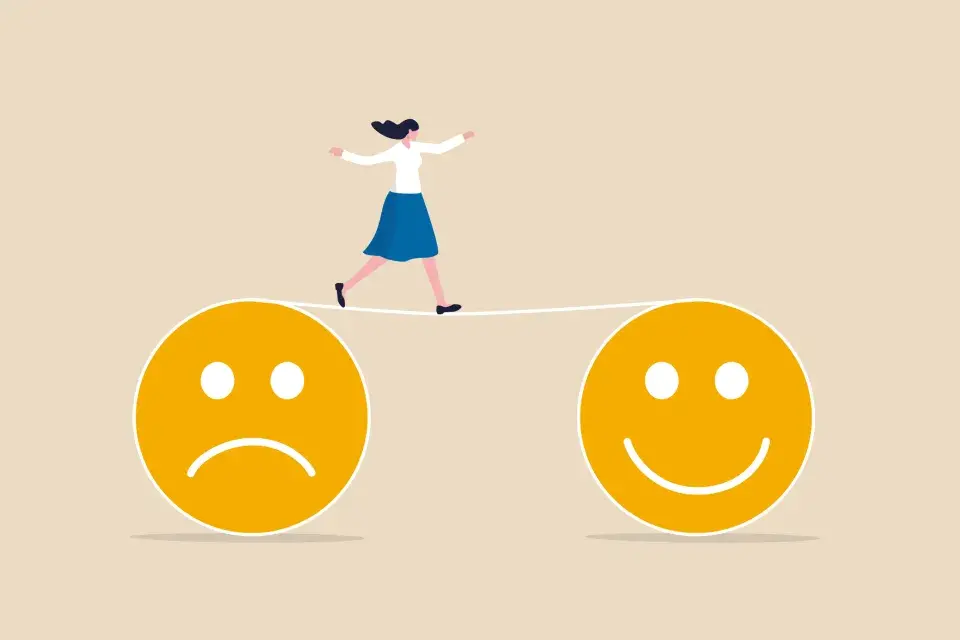Groundbreaking Research Shows Patient Role in Burnout

Setting up a research table for several weeks at an East Los Angeles farmer’s market was unconventional for sure. But it turned out to be the perfect place for Associate Professor Adrienne Martinez-Hollingsworth to talk with older, Latinx women with diabetes. And it allowed her to build trust and later meet them for one-on-one interviews. As she expected, their care providers told the women that the key to managing diabetes was diet, exercise, and a proper medication regimen. But what Martinez-Hollingsworth wanted to know was how that fit with their lifestyles.
What she heard surprised her: stories of doctors, nurse practitioners, and dieticians saying hurtful things to their patients—from delivering their diagnoses with harsh tones to fat shaming and to scaring them with warnings of dire consequences, including premature death. So, not surprisingly, when the women suffered a setback, like forgetting to take their medication regularly, not exercising frequently, or straying from their prescribed diet, they often didn’t tell their care providers.
Thinking about this patient-provider communication breakdown recognized a lack of provider empathy—an indicator of burnout. What she didn’t recognize, and what she couldn’t find research to support, was that the same breakdowns were leading patients to hit barriers to their own care.
It led Martinez-Hollingsworth, who is also associate dean of operations and scholarship at the College of Nursing, to develop the Burnout Dyad in collaboration with colleagues at the Stanford Medicine X Program. This groundbreaking model shifts the idea of burnout from a provider-focused approach to a patient-provider approach—recognizing that both play an interconnected role in healthcare outcomes. Her study was recently published in the Journal of Continuing Education in the Health Professions.
“Recognizing patient burnout is frankly overdue, as anyone living with a chronic illness can tell you,” says Martinez-Hollingsworth, who suffers from diabetes, as do several members of her family. “The Burnout Dyad model illustrates how both patients and providers bring their own histories, strengths, and challenges to an appointment and they create the experience of that appointment together.”
How to break the cycle
Martinez-Hollingsworth found that if a provider is engaged and empathetic, it tends to off-set a patient’s burnout. The more a provider shows they care, the more the patient wants to go the extra mile for their own health and to support the relationship with their provider. The research also revealed the relationship goes both ways. When patients are engaged and working hard to stay healthy, their providers feel less burned out as well.
“Recognizing this relationship gives us the opportunity to help each other,” says Martinez-Hollingsworth, whose Burnout Dyad model is getting national recognition as a path to better healthcare, including by the American Diabetes Association.
“Burnout is the biggest enemy of the important connection between providers and patients,” she says. “My research is shining a spotlight on the role of patients in that relationship, not just the providers. My goal is to reduce burnout on both sides, and hopefully build clinical spaces in which both patients and providers can thrive.”


